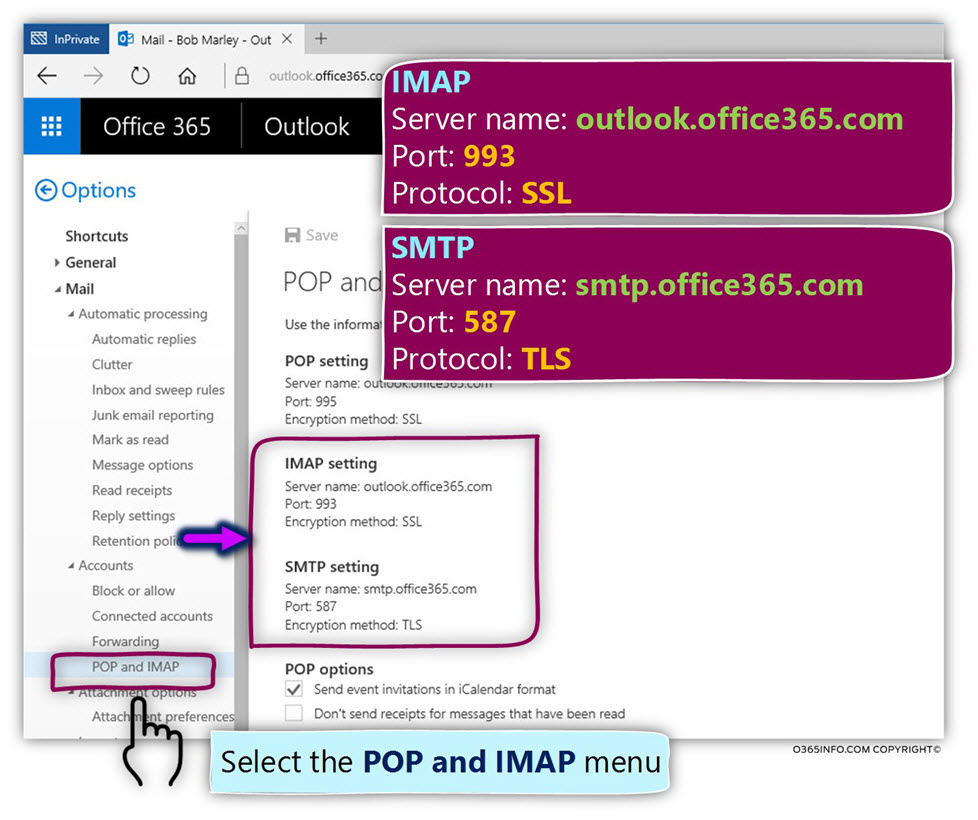Created New Profile Outlook For Mac 2016 Connect To Office 365
In the previous version for Outlook for mac, in order to create a new identity, or profile, you would open up the Database Utility to create the new identity. This has changed for Office for Mac 2016, identities are now referred to as profiles, and the Database Utility is now called 'Outlook Profile Manager'. Creating a new Profile.
Manage Profiles or Identities in Outlook for Mac
Today we are announcing the new Outlook for the Mac, which delivers improved performance and reliability and a fresh look and feel that is unmistakably Microsoft Office. This release offers a more familiar and consistent experience between Outlook on the PC, Outlook on the web and Outlook Web App (OWA) for iPad, iPhone and Android devices.
The new Outlook for Mac includes:
- Better performance and reliability as a result of a new threading model and database improvements.
- A new modern user interface with improved scrolling and agility when switching between Ribbon tabs.
- Online archive support for searching Exchange (online or on-premises) archived mail.
- Master Category List support and enhancements delivering access to category lists (name and color) and sync between Mac, Windows and OWA clients.
- Office 365 push email support for real-time email delivery.
- Faster first-run and email download experience with improved Exchange Web Services syncing.
The new Outlook for Mac is available to Office 365 commercial customers and Office 365 Home, Office 365 Personal and Office 365 University subscribers.
- Office 365 Commercial customers can get the new Outlook for Mac by accessing their Office 365 Portal, (Gear icon > Office 365 Settings > Software > Outlook for Mac icon) or visiting the Software page.
- Office 365 consumer subscribers can get the new Outlook for Mac by going to their My Account page.
After you install Outlook for Mac for Office 365, you’ll have two icons in the Dock, see this article on how to remove the old icon.
Microsoft Word, PowerPoint, Excel and OneNote for Mac
Historically we have released a new version of Office for Mac approximately six to eight months after Office for Windows. However, following the release of Office 365 we made the conscious decision to prioritize mobile first and cloud first scenarios for an increasing number of people who are getting things done on-the-go more frequently. This meant delivering and continuing to improve Office on a variety phones (iPhone, Windows Phone, and Android) and tablets (iPad and Windows)—brought together by the cloud (OneDrive) to help people stay better organized and get things done with greater efficiency at work, school, home and everywhere between.
Continuing our commitment to our valued Mac customers, we are pleased to disclose the roadmap for the next version of Office for Mac—including Word for Mac, Excel for Mac, PowerPoint for Mac and OneNote for Mac.
In the first half of 2015 we will release a public beta for the next version of Office for Mac, and in the second half of 2015 we will make the final release available. Office 365 commercial and consumer subscribers will get the next version at no additional cost, and we will release a perpetual license of Office for Mac in the same timeframe.
We’re confident you will like what you see in the new Outlook for Mac today, and in the Office for Mac in the coming months.
Cleanmymac free. To get the best Office 365 email, calendar, contacts and tasks experience on a Mac, download the new Outlook for Mac today, and let us know what you think.
